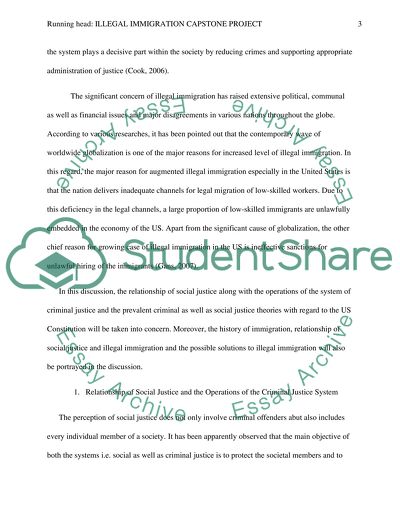Cite this document
(“The perception of social justice Term Paper Example | Topics and Well Written Essays - 5000 words”, n.d.)
Retrieved from https://studentshare.org/law/1401968-the-perception-of-social-justice
Retrieved from https://studentshare.org/law/1401968-the-perception-of-social-justice
(The Perception of Social Justice Term Paper Example | Topics and Well Written Essays - 5000 Words)
https://studentshare.org/law/1401968-the-perception-of-social-justice.
https://studentshare.org/law/1401968-the-perception-of-social-justice.
“The Perception of Social Justice Term Paper Example | Topics and Well Written Essays - 5000 Words”, n.d. https://studentshare.org/law/1401968-the-perception-of-social-justice.


